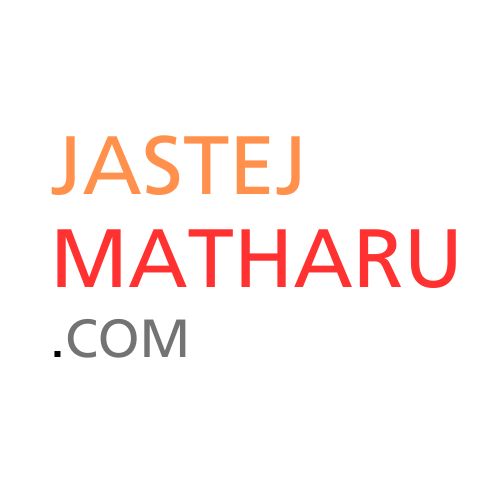DeepSeek R1: The AI Disruptor Reshaping Global Tech and Market Dynamics

The launch of DeepSeek's AI model, R1, on January 20, 2025, has disrupted the U.S. tech industry due to its high performance and low production costs. Developed in China using open-source models and cost-efficient hardware, R1 was trained for just $5.6 million, far less than U.S. counterparts. Its impact caused major market losses, including a $600 billion drop in Nvidia’s valuation. This shift is compared to the 2000 dot-com bubble, highlighting AI’s rapid evolution. As competition intensifies, nations must streamline innovation to stay ahead, emphasizing efficiency, agility, and technological leadership in the evolving AI landscape.



